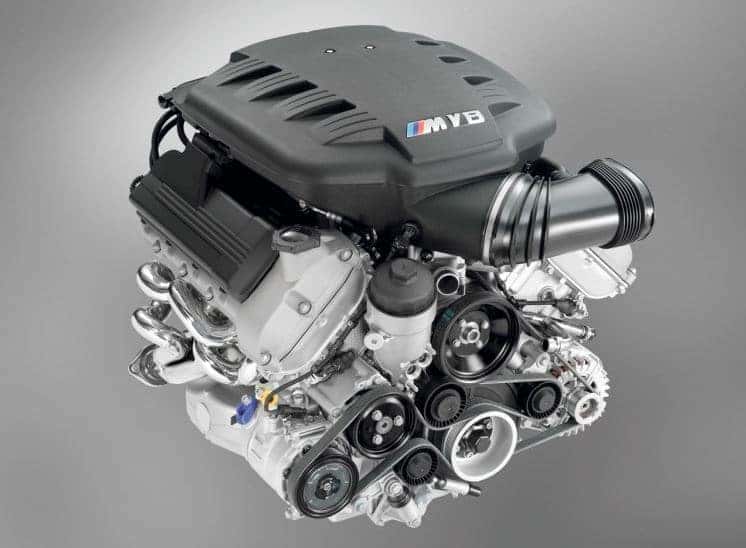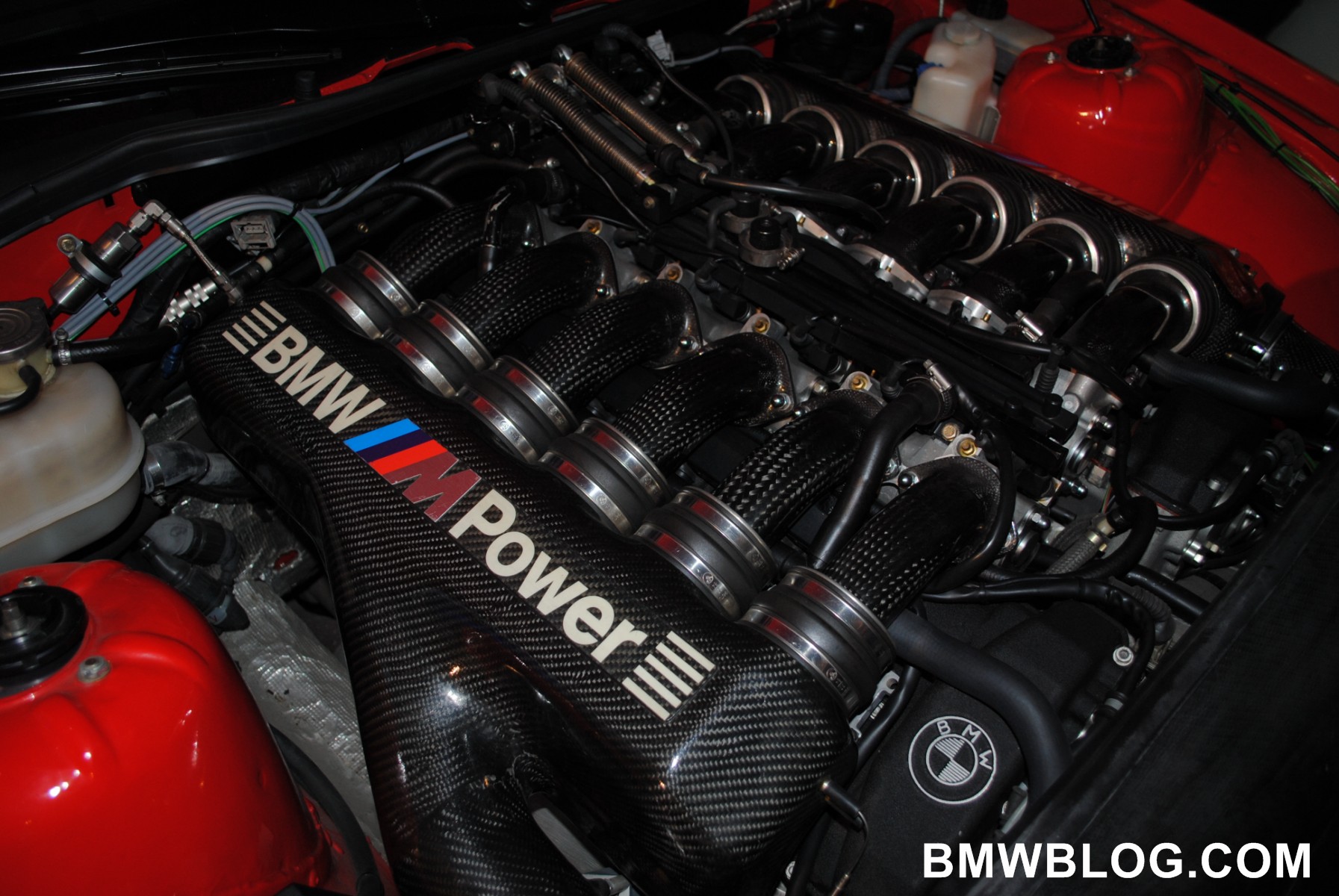The Duty of BMW Engine Style in Getting Exceptional Fuel Efficiency
The Duty of BMW Engine Style in Getting Exceptional Fuel Efficiency
Blog Article
Exploring the Advancement of Combustion Engines in Modern Transport Solutions
As we browse the landscape of modern transportation, the advancement of burning engines stands as a testament to human resourcefulness and engineering expertise. The interaction of history, modern technology, and ecological worries in forming the trajectory of burning engines develops a narrative that is both informative and compelling.
Very Early Beginnings of Combustion Engines
Just how did the concept of burning engines initial arise in the early stages of transportation advancement? The roots of burning engines can be traced back to the 17th century when the concepts of interior burning were first checked out.
The development minute featured the development of the initial successful gasoline-powered engine by Karl Benz in 1885 - bmw engine. This engine led the way for the advancement of the modern-day automobile, revolutionizing transport systems worldwide. Subsequent innovations by Nikolaus Otto and Gottlieb Daimler additionally fine-tuned combustion engine innovation, leading to the automation of autos and the rapid expansion of the transportation market
These very early burning engines were identified by their simpleness and efficiency, laying the foundation for the complex and powerful engines used in modern transport systems. The evolution of burning engines has contributed fit the way we travel and transfer goods, noting a substantial turning point in the history of transportation development.
Transition to Internal Combustion Technology
The change to internal combustion modern technology noted a crucial change in the advancement of transportation systems. This shift began in the late 19th century, with inventors like Nikolaus Otto and Gottlieb Daimler creating the first successful inner burning engines. These engines reinvented transportation by supplying a much more efficient and effective alternative to heavy steam engines and electrical motors.
One of the crucial advantages of inner combustion engines was their capacity to be scaled down to suit automobiles, causing the advancement of bikes and automobiles. This shift from cumbersome, stationary engines to small, mobile ones paved the way for the contemporary transport systems we see today.
The shift to internal combustion innovation likewise spurred improvements in fuel innovation, causing the growth of gas and diesel as main gas resources for vehicles. This shift not just made transport a lot more accessible to the masses but also laid the foundation for the oil and gas sector to come to be important to worldwide economic climates.
Effect of Combustion Engines on Transportation
The adoption of burning engines in transportation systems militarized a profound shift in the efficiency and rate of worldwide wheelchair. Burning engines changed transportation by providing a reputable and functional resource of power for different cars, consisting of automobiles, ships, aircrafts, and vehicles. This advancement dramatically enhanced the capability for items and people to conform cross countries in much shorter timespan, my company resulting in enhanced connectivity between areas and countries.
Additionally, the prevalent use burning engines has actually had a significant effect on economic development. The capability to transport goods efficiently has actually stimulated profession and commerce, permitting organizations to broaden their markets and reach consumers worldwide. This has actually promoted financial development and globalization, as items can now be delivered quicker and in bigger amounts than in the past.
However, the ecological effect of burning engines can not be forgotten. The burning of nonrenewable fuel sources has actually caused air contamination and greenhouse gas exhausts, contributing to climate adjustment and posturing health and wellness risks to populaces. bmw engine. Because of this, there is an expanding emphasis on establishing alternative propulsion technologies to alleviate these negative impacts and produce a more sustainable future for transport
Technologies in Combustion Engine Style
One significant pop over to this web-site innovation is the growth of turbocharged engines, which utilize exhaust gases to drive a wind turbine that presses inbound air, allowing for more fuel to be scorched, resulting in raised power outcome without a substantial rise in engine dimension. Variable valve timing systems have likewise changed engine style by maximizing air flow at various engine rates, boosting both power and effectiveness. These innovations jointly contribute to the constant renovation of combustion engines in contemporary transport systems.
Future Fads in Combustion Engine Advancement
With technology innovations driving continuous development, the future of combustion engine growth is poised to revolutionize transportation systems around the world. One of the essential fads in combustion engine development is the push in the direction of higher performance and minimized exhausts. Makers are spending heavily in r & d to enhance engine performance while fulfilling stringent environmental policies. This includes the integration of advanced gas injection systems, enhanced turbocharging methods, and the use of light-weight products to enhance fuel usage and minimize carbon exhausts.
Another noticeable pattern is the fostering of crossbreed innovations in combustion engines. Crossbreed engines combine standard burning modern technology with electrical power, providing enhanced fuel efficiency and lower emissions. As the vehicle sector shifts towards electrification, hybrid burning engines are viewed as a transitional remedy that bridges the void in between standard cars and fully electrical ones.
In addition, the integration of smart modern technologies, such as fabricated intelligence and data analytics, is anticipated to play a substantial duty in the future of combustion engine growth. These technologies can enhance engine efficiency in real-time, resulting in more effective burning procedures and enhanced overall car performance. Embracing these future fads will not just drive development in combustion engine development but also add to an extra ecologically friendly and sustainable transportation ecological community.

Final Thought
To conclude, the evolution of combustion engines in modern transportation systems has additional resources actually been marked by substantial innovations in technology and style. From the early beginnings of burning engines to the shift to inner combustion innovation, these engines have had a profound impact on transport. Developments in burning engine design remain to drive development in this area, with future patterns concentrating on more enhancing efficiency and reducing exhausts. The future of combustion engines in transportation looks promising as research and advancement efforts proceed to push limits.
The roots of combustion engines can be mapped back to the 17th century when the principles of inner burning were first discovered. These engines revolutionized transportation by using a much more efficient and powerful choice to steam engines and electrical motors.

Report this page